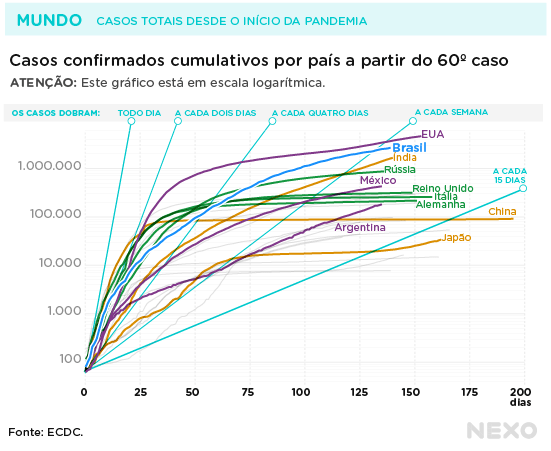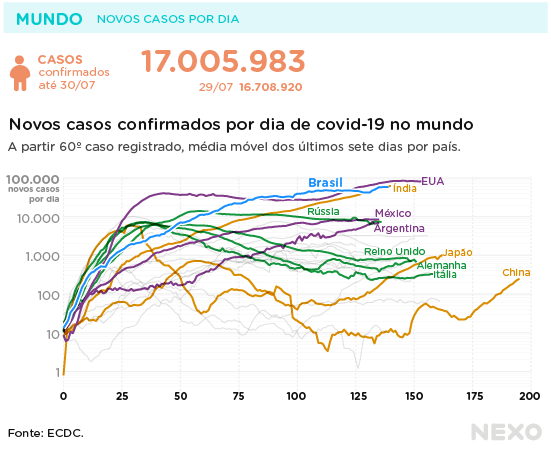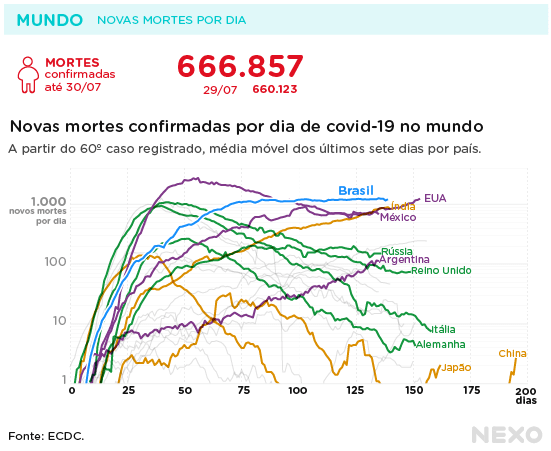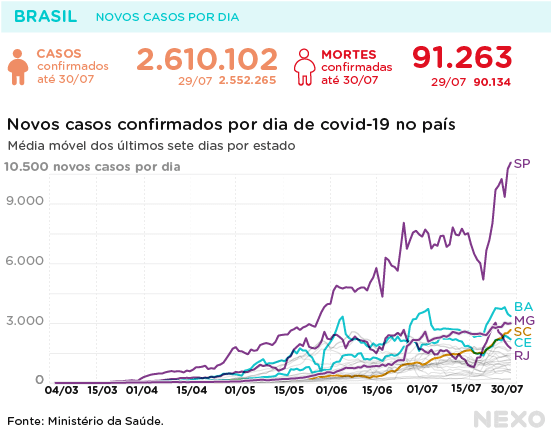The Trouble with Comparisons

In the 1980s, German intellectual life was very much agitated by something called the “historian’s dispute” (
As it unfolded, the dispute concerned many things. It started with Nolte’s pernicious suggestion that the Zionist leader Chaim Weizmann had declared war in 1939 on Germany on behalf of the Jewish people, as if that licensed what Germany did next. The dispute proceeded through Nolte’s contention that Adolf Hitler had acted in response to Josef Stalin’s prior atrocities, as if two wrongs could make a right. But a major part of the dispute turned on the propriety of comparison. It was about the plausibility of analogizing National Socialism to other phenomena before and after.
When Michiko Kakutani famously made an
That comparison requires a careful ethic is the lesson three years on, for the sake of understanding and mobilization alike. It is surely fodder for some future ironist that, after our era of fearing Trump’s actions, he appears set in the current pandemic to go down in history for a worse sin of inaction. For all his abuses of the powers accorded the presidency in the prior generation, his failure to deploy them now seems more glaring. His hijinks in flouting the rule of law, though inexcusable, have not concealed the continuity of American governance, for good and for ill. (The Republicans have gotten their conservative judges and tax cuts, just as before.) William Barr is the reincarnation of
In 2016, the impulse to draw comparisons to some of the worst episodes in European history may have been understandable and even useful. The future was opaque and elites were shaken by the election results. And there were strategic uses to such warnings. The horrors coming were likely, though no one knew their exact form. Sometimes, the sky does not fall in precisely the way the chickens fear, but it is still the right move to cluck.
Yet people forget that analogy had commonly seemed noxious, not necessary, in the previous century. The Weimar syndrome has often led to bad things, and the comparison to fascism had normally been agreed to be dubious. Nolte, for example, had made his name with
In the midst of the German dispute in 1986, that comparison led him to intolerable excesses, both intellectually and politically. Comparison excused, rather than indicted. Martin Broszat of the Munich Institute for Contemporary History, an
One of the deepest American critics of such apologetic comparisons at the time was the Harvard University historian Charles Maier. Comparative exercises were crucial, Maier observed, but they were potentially misleading, too—especially when analogies were made without the balance provided by its obverse, disanalogy. “Any genuine comparative exercise emphasizes uniqueness as much as similarity; it establishes what is common in contrast to what is distinctive,” Maier, as master of comparative analysis himself, concluded. “Comparison must be a two-edged sword.” Indeed, as one of the greatest modern historians, the Frenchman Marc Bloch, had argued fifty years earlier, the whole point of comparison, when responsible, is to isolate what is singular and thus in need of new attention. A comparison cannot be about ignoring distinctions, but must isolate them, or it is negligent or reckless.
The Nazi regime did indeed resemble other regimes. It was just that the similarities that conservative Germans cited were trivial. In Germany after 1933, the conductors “von Karajan and Furtwängler produced music; the post office delivered mail,” Maier conceded. So what? Of course, Nazi Germany was similar in some respects to other examples, but that is true of everything in the world—and banal. Everything, after all, shares an indefinite number of traits with everything else, and differs just as much. No two items one might connect are entirely identical, nor utterly distinct. What matters in responsible comparison are the reasons why you want to stress one or another similarity—and whether you take seriously major differences. Without acknowledging differences, comparison is partisanship, and not always in a good cause.
For Maier, the conservative Germans were obfuscating the fact that their ancestors, and no one else, had built the death camps. This made the Nazi project distinctive. In saying so, he wasn’t appealing to some mystical notion that things in general are “incommensurable” in the world, sharing nothing in common with one another. He wasn’t contending at all that comparison itself is never allowed. In fact, almost no one trades on that notion. There is no ban on analogy, which sits at the heart of human reasoning. If there is any risk in our public discussion, indeed, it is the opposite one of a surfeit of comparisons so thick that a day on the Internet does not pass without the shades of multiple pasts haunting every new event. Rather, Maier’s point was that analogy only works responsibly in tandem with disanalogy. The two depend on each other. And too much of the one without enough of the other, Maier insisted, is deceptive and ideological.
Now, on one level, our analogies since 2016 are very different from those made in the historian’s dispute thirty years earlier. Far from relativizing what made Hitler’s Germany special by comparison to other states, we have feared that precisely the distinctive evil of his regime, or of fascist horror generally, was back in our time. And so, one might assume that abnormalizing Trump is innocent of the same intellectual mistakes that normalizing Nazism involved in the historian’s dispute. It isn’t. It has turned out that riotous analogy without disanalogy is an error for those who want to impose stigma, and not only for those who seek to lift it.
For those doubtful about the fascism analogy for Trumpism—and I count myself as one of them—the point is to appreciate both continuity and novelty better than the comparison allows. Abnormalizing Trump disguises that he is quintessentially American, the expression of enduring and indigenous syndromes. A response to what he represents hardly requires a restoration of “normalcy” but a questioning of the status quo ante Trump that produced him. Comparison to Nazism and fascism imminently threatening to topple democracy distracts us from how we made Trump over decades, and implies that the coexistence of our democracy with long histories of killing, subjugation, and terror—including its most recent, if somewhat sanitized, forms of mass incarceration and rising inequality at home, and its tenuous empire and regular war-making abroad—was somehow less worth the alarm and opprobrium. Selective outrage after 2016 says more about the outraged than the outrageous.
It is no contradiction to add to this qualm that comparing our current situation in America to fascism also spares ourselves the trouble of analyzing what is really new about it. For all its other virtues, comparison in general does not do well with the novelty that Trump certainly represents, for all of his preconditions and sources. It is true that in the face of novelty, analogy with possible historical avatars is indispensable, to abate confusion and to seek orientation. But there is no doubt that it often compounds the confusion as the ghosts of the past are allowed to walk again in a landscape that has changed profoundly. Comparison is always a risky tool; it leads to blindness, not just insight.
But keeping us honest is not the only reason that contrasts are essential at every turn. The politics of comparison are routinely bad. The best defense of analogy is that it could help improve our situation, by attracting crucial allies, and plotting next steps. Arguably, comparison served some of those functions in the early Trump years. I confess I found the
A friend of mine and another Harvard historian, Peter Gordon,
Another colleague and friend, Jason Stanley, has argued judiciously in his book
The only real question is whether, when the stirrings of fascism are redefined
Stanley’s project, precisely because it is so open to the depravities of American history, is also open to political doubts. The choice of the word “fascist” to describe them both trades on the extraordinary horror people feel when that allegation is made and at the same time undermines it by making fascism so quotidian and ordinary in human affairs as to become something like their essence. And while there is no doubt that identifying the oppression at the heart of most US politics to date is worthwhile, it is unclear what the label of fascism adds in practical terms.
It may be unfair to worry that analogies to the collapse of Weimar or the coming of fascism are actually harmful. True, around the world and constantly in American life since the 1940s, politicians have used such comparisons to justify the worst preemptive steps, from ghastly suppressions of local student opposition to even ghastlier responses to global Communist threats. Acts in the name of preserving democracy, not just scuttling it, have been a nasty business. And there is room to argue that, this time around, American analogies with regime collapse have had grievous consequences. Not only have they helped rehabilitate some of those most responsible for Trump himself—like neoconservatives who found a new audience among liberals after losing control of the Republican Party—but they have also helped determine the fate of the Democratic Party, which chose a “Never Trump” candidate over a transformational one.
But the more devastating truth is that bad analogies have been less harmful than useless. Occluding what led to the rise of Trump (who posed as a victims’ candidate) and “Trump-washing” the American political elite before him who led to so much suffering are less serious mistakes than delaying and distorting a collective resolve about what steps would lead us out of the present morass. In no sense have the fascist comparisons made a productive difference in devising them. Charging fascism does nothing on its own. Only building an alternative to the present does, which requires imagining it first.
If, as seems likeliest, Joe Biden wins the presidency, Trump will come to be treated as an aberration whose rise and fall says nothing about America, home of antifascist heroics that overcame him just as it once slew the worst monsters abroad. Those who warned against the coming of fascism will congratulate themselves for saving the home of the free and redeeming the land of the brave, which somehow lurched towards the brink. They will cordon off the interlude, as if it was “an accident in the factory,” as Germans after World War II described their twelve-year mistake. Far from recognizing Trump as not just the product of and verdict on what came before, they will see his passing as the confirmation of the need to restore it. A few will wonder what happened to the discourse of fascism, and remember the disquieting possibility that fascist tendencies lurk everywhere in modern politics. But their books will sell in smaller numbers. Most will consider the danger past. This is, after all, America.
Comparison, even when controlled by the ballast of contrast, is a political act to be judged successful or not. We must clarify not just what is common when we compare, but also what is distinctive. And, in doing so, we must participate in bringing about a better future, not a worse one, if we can. Analogy and disanalogy with the past can assist in analyzing our present, but not if they allow indulging in a melodramatic righteousness, and luxuriating in our fears, all while preparing a terrifyingly normal future.











